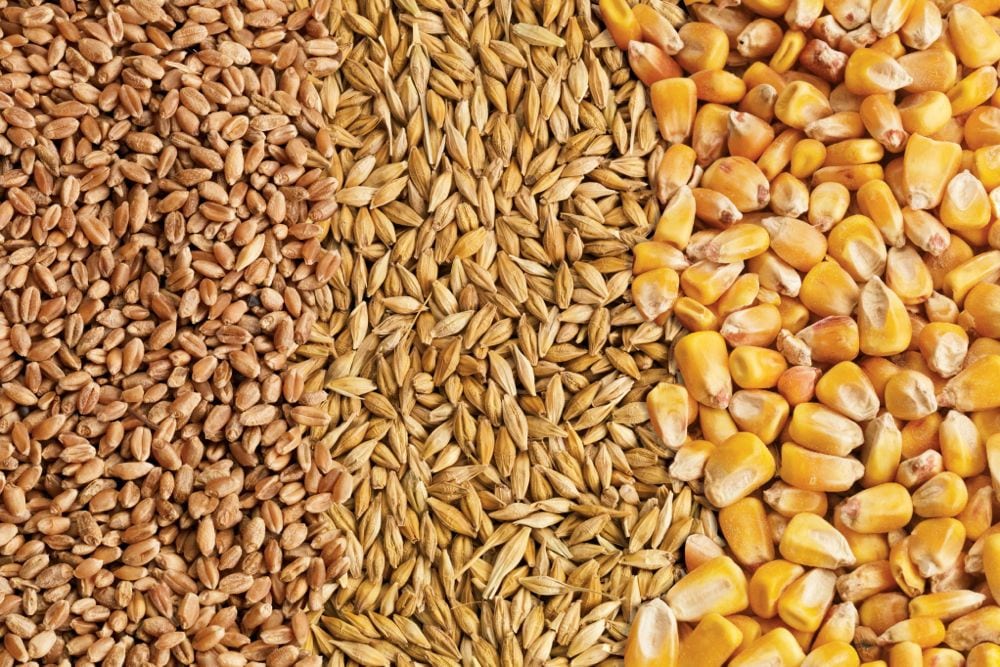Alberta farmers, agronomists and entomologists reported flea beetle infestations during this week’s bug chat on Twitter — but so far spraying isn’t widespread.
Farmers around New Norway and Viking wrote that they were seeing flea beetles in the area, but canola crops seem to be outgrowing the damage.
Lisa Anderson, a sales representative with DuPont Pioneer, wrote she was seeing striped flea beetle in the Minburn area, but no spraying yet.
Keith Gabert, the Canola Council of Canada’s agronomist at Innisfail, Alta., wrote there was widespread flea beetle feeding from Oyen to Red Deer, but damage has been limited.
Read Also

Feed Grains Weekly: Good export demand pushing up domestic prices
Prices for feed barley and wheat have been trending higher lately, said analyst Jerry Klassen of Resilient Capital in Winnipeg.
But farmers should watch for more flea beetle activity after cool and rainy weather, Gabert wrote.
Canola growers who are unsure about whether they should spray can use the Canola Council’s five-step decision making tool.
Cutworm reports coming in
Scott Meers, Alberta Agriculture and Rural Development’s entomologist at Brooks, reported he was hearing about pale western, dingy, dark-sided and red-backed cutworms. Recent cutworm reports in Alberta are not army cutworms, he wrote.
Anderson also reported seeing pale western and glassy cutworms in the Minburn area. Farmers participating in the chat reported few cutworms and no spraying so far.
Meers wrote there was no severe cutworm damage, except for the odd case.
But farmers should still scout for cutworm damage. Cutworm feeding at emergence can leave half of a canola cotyledon on the soil surface, Gabert wrote.
Gabert suggests scouting weeds and volunteers for cutworms before the crop emerges. Last week he and Dan Orchard found cutworm on lamb’s-quarters in the Vegreville area.
Farmers scouting for cutworms should dig around the perimeter of any bare patches. Cutworms are found just below the soil surface. The best time to spray is in the evening or at night.
Farmers can report any cutworm findings to AARD. A map displaying cutworm findings is also available online.
Diamondback, aster leafhoppers not problem so far
Scott Keller, a farmer near New Norway, wrote that he wasn’t catching diamond back moths in his traps this spring. Meers wrote that very few diamond back moths are showing up in traps provincewide.
Meers has also been monitoring aster leafhoppers, the insects that spread aster yellows in canola.
Some leafhoppers are showing up in traps in central Alberta, but Meers wrote that until recently wind trajectories were not coming from high-risk areas. For an aster yellow outbreak to occur, winds must carry infected leafhoppers from high-risk areas.
“So far this year is shaping up to be lower risk for aster yellows infections in canola but time will tell,” wrote Meers.
The next Alberta bug chat is slated for Wednesday (June 12) at 10 a.m. MDT. Tune in by following #ABbugchat on Twitter, or entering #ABbugchat at tweetchat.com.
— Lisa Guenther is a field editor for Grainews at Livelong, Sask. Follow her @LtoG on Twitter.














